
Opinions
08:41, 22-Sep-2018
The Heat: Puerto Rico still rebuilding one year after hurricane Maria
Updated
08:43, 26-Sep-2018
CGTN's The Heat
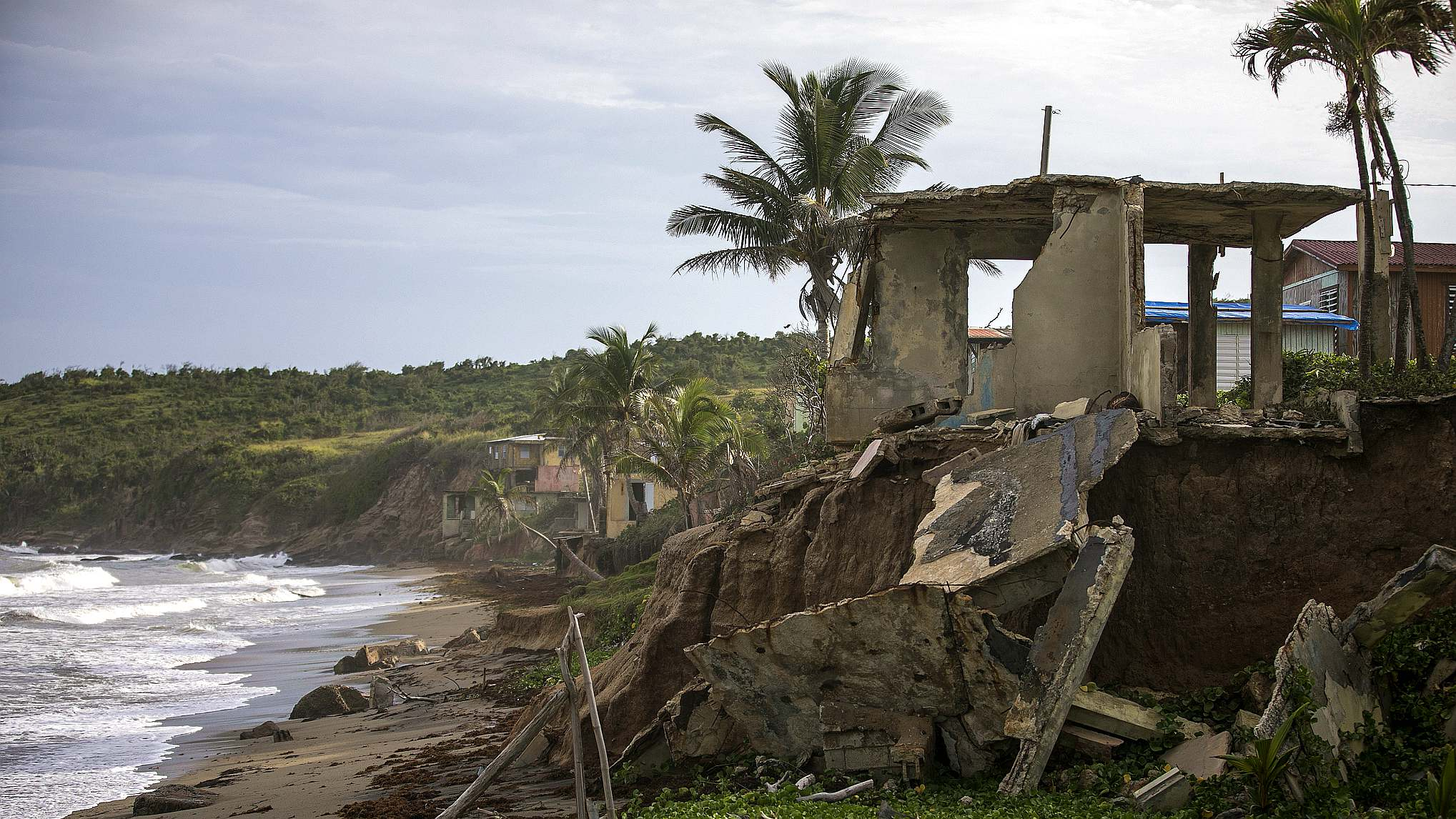
During the past year, Puerto Ricans have struggled to recover from the strongest hurricane to rock their territory in almost a century. The official death toll reported by the government was initially 64, but was later corrected to more than 1,000 – but the exact figures is still debated by researches.
Many experts believed that disillusioned by politics, government bureaucracy and mismanagement, Puerto Ricans have to rely on each other to rebuild and survive.
Meanwhile, US President Donald Trump told CNN's Jim Acosta at the White House, "I think we did a fantastic job in Puerto Rico." Such comments have provoked nationwide criticism.
The famous opposition politician Alexandria Ocasio-Cortez described the disaster as "the worst humanitarian crisis in modern American history." Michael Deibert, an investigative journalist on Puerto Rico issues, also agreed that what happened in the aftermath of the natural disaster is a man-made catastrophe.
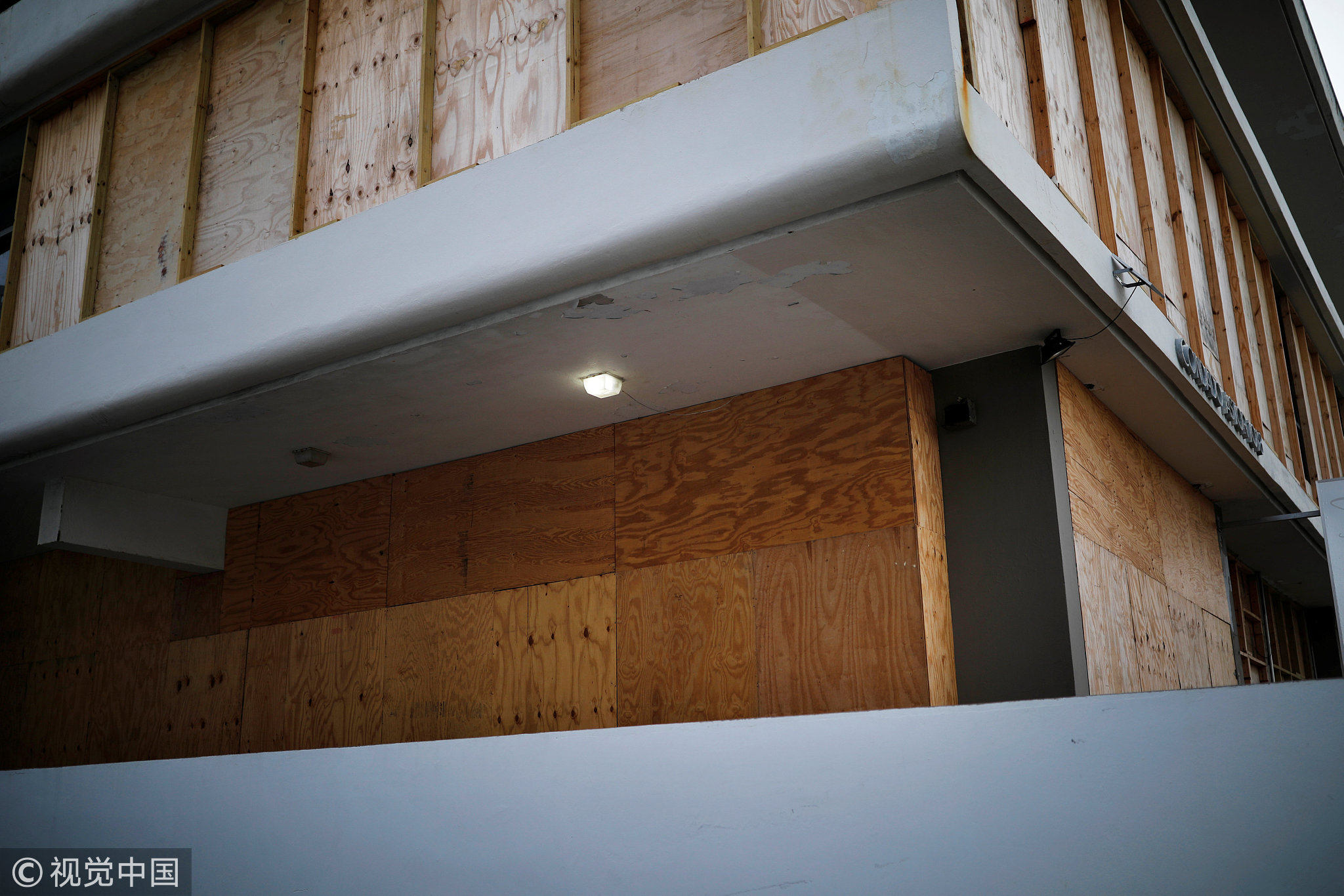
A closed business shop is seen at a touristic area of Condado, a year after hurricane Maria devastated Puerto Rico, San Juan, Puerto Rico, September 19, 2018. /VCG Photo
A closed business shop is seen at a touristic area of Condado, a year after hurricane Maria devastated Puerto Rico, San Juan, Puerto Rico, September 19, 2018. /VCG Photo
"Certainly many lives could have been saved after the storm, so many deaths could have been avoided," said Deibert. "When you drove around Puerto Rico in the aftermath of the storm, people who had any kind of kidney problem, renal failure, or cancer just died because of the lack of electricity, water and road connectivity."
According to a recent research by Harvard University, the death toll can reach up to 4,000.
Phillip Arroyo, a political analyst, said that the mismanagement of the federal government and the indifference to climate change were two main reasons for the tragedy.
"When 200 families requested funeral assistance, only 75 were approved," said Arroyo. "This showed a lack of sympathy."
Deibert suggested there is also a gap between money that was promised by the government and what was actually delivered.
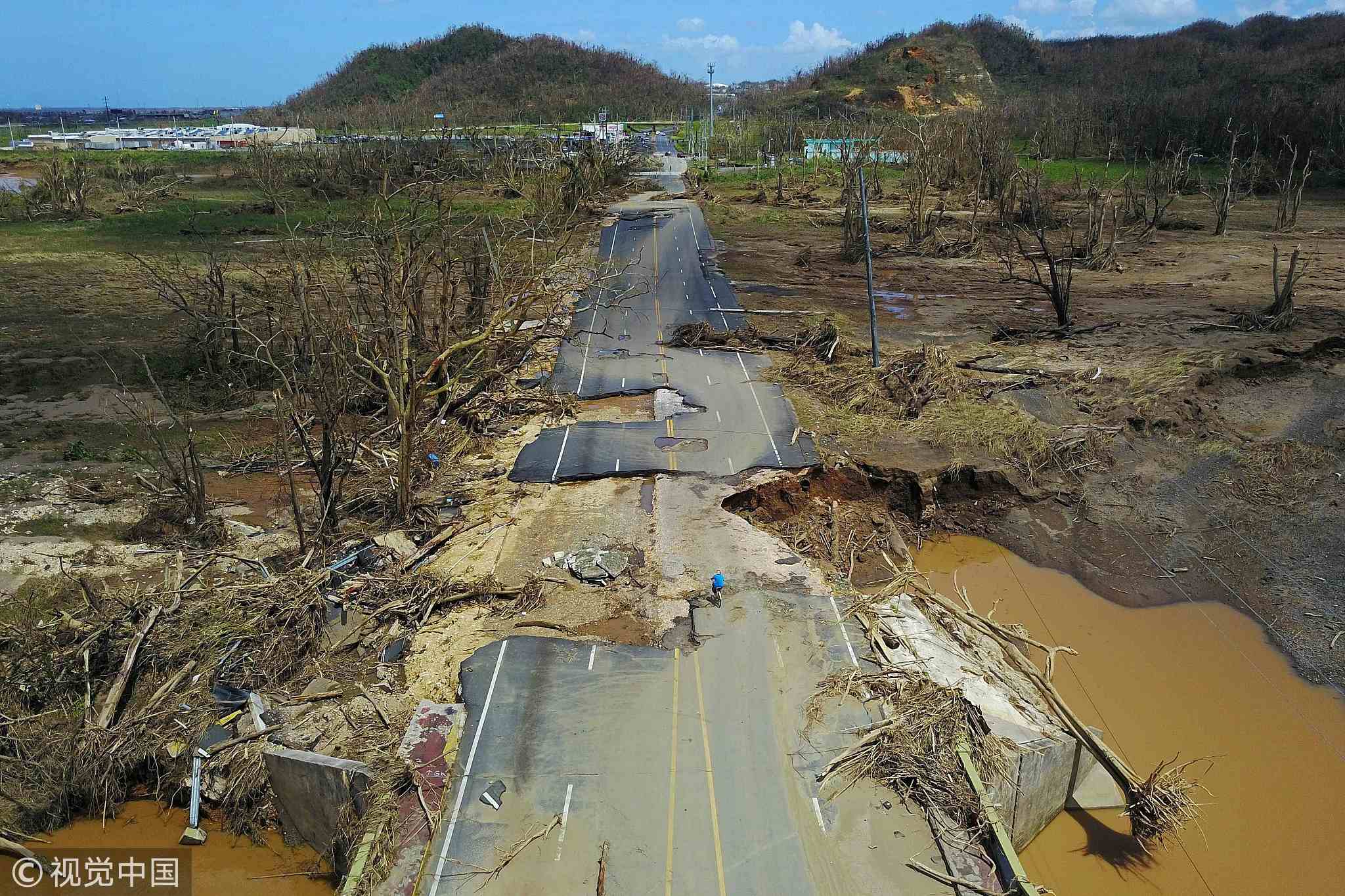
September 24, 2017: A damaged road after the passage of hurricane Maria in Toa Alta, Puerto Rico. /VCG Photo
September 24, 2017: A damaged road after the passage of hurricane Maria in Toa Alta, Puerto Rico. /VCG Photo
Another problem is the dragging paperwork progress.
Since most local houses and small businesses-related materials were not in place before the requests from the government, many anxious citizens in urgent need of the aid had to go through long bureaucratic procedures.
"There is also the problem of disconnection of the two sides," said Rafael Bernal, a staff writer for The Hill. "The reality on the ground is quite different than planned."
Armando Valdes-Prieto, a former director of Puerto Rico's office of management and budget, recognized the difference between promising and delivering in the implementation of the Community Development Block Grant (CDBG) funding.
"The housing issue is a big problem," said Valdes-Prieto. "Tens of thousands of people are living in houses without roofs. 'Fragile' is the word people are using to describe their present situations."
Reports appeared on the waste of federal aids materials, including wasting bottled water and letting food rot. Many analysts believed that such an inefficient management was the result of the region's awkward position in the US political system.
Puerto Rico became a US colony in 1989 but has been promoting statehood ever since. Puerto Ricans don't have to pay federal tax, nor do they have the right to vote as other US citizens.
Rafael Bernal, a staff writer for The Hill, regarded the political reason as the main cause of the present situation.
01:30
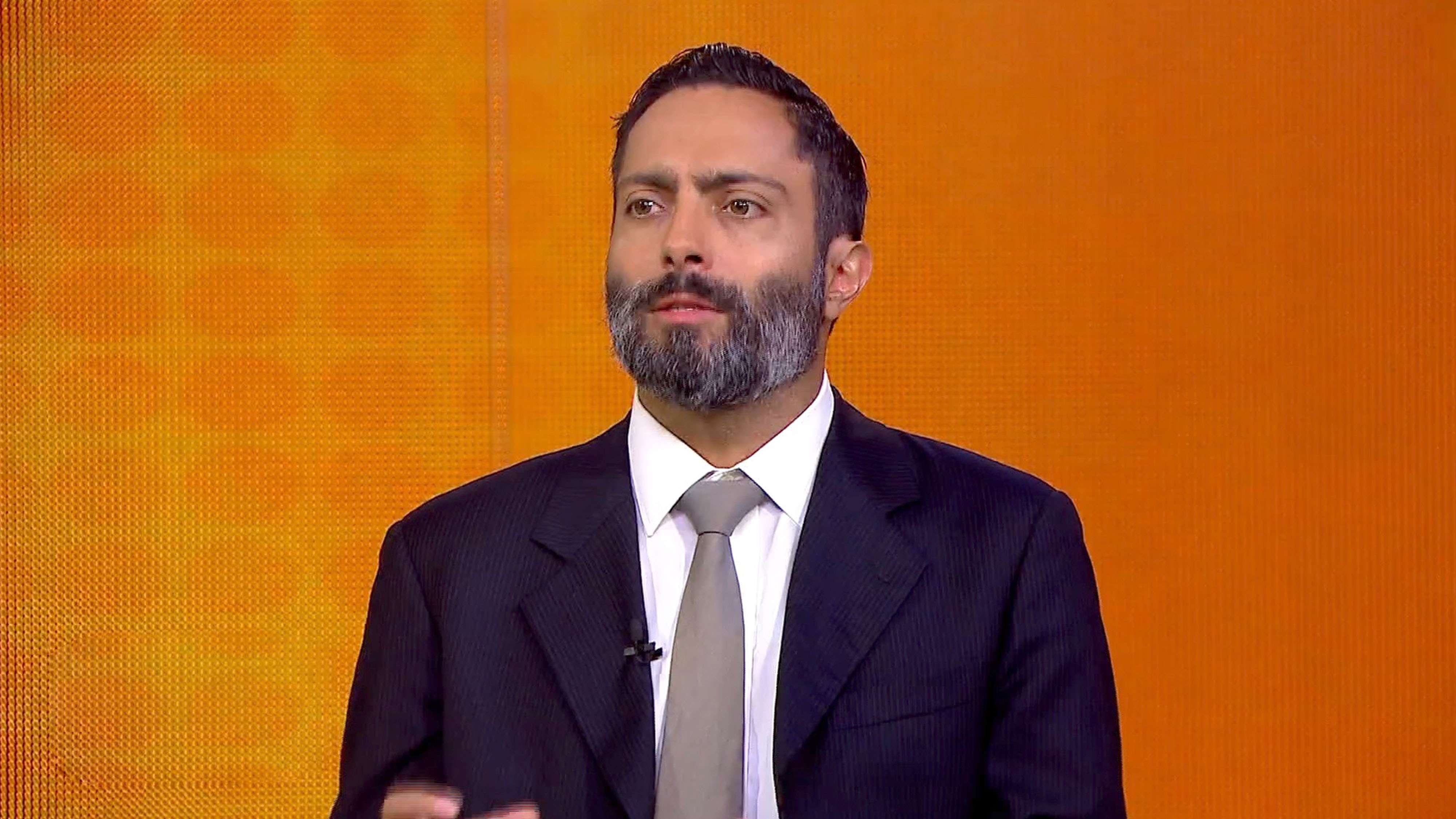
"We found that in the month after Katrina, 1,600 floor speeches were dedicated to hurricane Katrina, and the month after Maria it was just under 300," said Bernal "Apparently you are seeing an issue of under-representation of Maria here."
However, Valdes-Prieto suggested that poverty, instead of political structure, eclipsed other causes to the problem. Even before Puerto Rico became part of the US colonies, it had been suffering from an economic crisis for a long time.
The government of Puerto Rico initially applied for 83 billion US dollars to fill its financial debt resulting from the hurricane and other long-standing issues, but only 18 billion US dollars were sanctioned.
"The aid is far from enough," said Arroyo. In fact, a number of Puerto Ricans started to seek independence for the country a decade ago but that was rejected by politicians in the US.
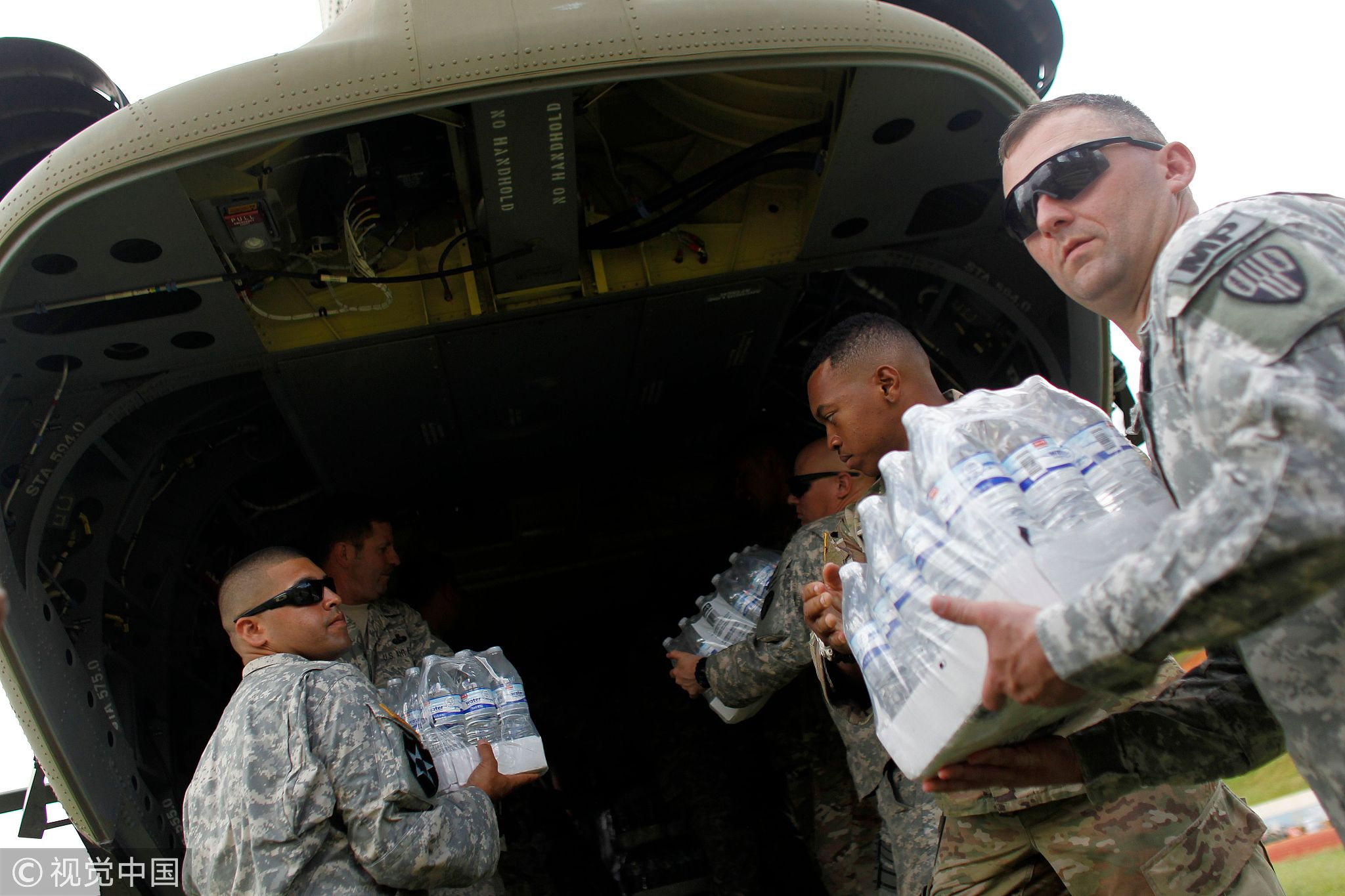
October 23, 2017: US Military personnel organize aid and supplies for hurricane Maria victims in Barranquitas, Puerto Rico. /VCG Photo
October 23, 2017: US Military personnel organize aid and supplies for hurricane Maria victims in Barranquitas, Puerto Rico. /VCG Photo
"In 2012 and 2017 the people of Puerto Rico democratically rejected the current relationship with the United States, but the Congress responded by creating the PROMESA (Puerto Rico Oversight, Management, and Economic Stability Act) which basically took over the government of Puerto Rico unilaterally, and set up an unelected fiscal board which is controlled by Wall Street," said Arroyo.
He also explained the economic drive behind the Congress. The corporate tax is 30 percent in the mainland, but only four percent in Puerto Rico, making the region "a good deal" for business.
"America has to do something," he said.
The Heat with Anand Naidoo is a 30-minute political talk show on CGTN. It airs weekdays at 7:00 am BJT and 7:00 pm Eastern in the United States.
(If you want to contribute and have specific expertise, contact us at opinions@cgtn.com.)

SITEMAP
Copyright © 2018 CGTN. Beijing ICP prepared NO.16065310-3
Copyright © 2018 CGTN. Beijing ICP prepared NO.16065310-3